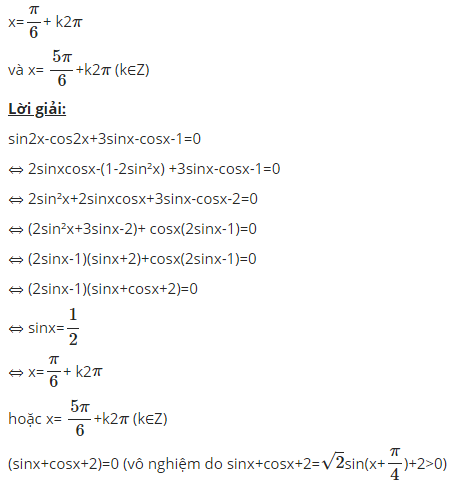Cho 0o < x < 90o, CM các biểu thức sau không phụ thuộc vào biến:
\(1.A=2\left(\sin^4x+\cos^4x+\sin^2x\cos^2x\right)^2-\left(\sin^8x+\cos^8x\right)\)
\(2.B=\left(\dfrac{1-\tan^2x}{\tan x}\right)^2-\left(1+\tan^2x\right)\left(1+\cot^2x\right)\)
\(3.C=\left(\sin^4x+\cos^4x-1\right)\left(\tan^2x+\cot^2x+2\right)\)
\(4.D=\dfrac{\tan^2x-\cos^2x}{\sin^2x}+\dfrac{\cot^2x-\sin^2x}{\cos^2x}\)
\(5.E=\dfrac{\cot^2x-\cos^2x}{\cot^2x}+\dfrac{\sin x\cdot\cos x}{\cot x}\)






 + kπ ⇔ x =
+ kπ ⇔ x =  + k
+ k (k ∈
(k ∈  )
)














